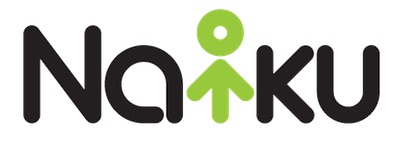
Over the past two weeks, I’ve discussed the new challenges teachers face, and how these challenges have been pushing teachers and students apart. Of course, as a “computer guy,” I think the answer to resolving this divide can be solved with technology.
Often we find teachers that want to use Naiku, but feel pressure not to use technology because of an “equity” issue. This is the technology equity issue – making sure that all students have access to comparable technology. But it isn’t equitable when teachers teaching in lower-socioeconomic areas to be left behind as more teachers in more affluent areas race ahead, leveraging technology that saves them time and enhances the teacher-student learning relationship.
Recently I was demonstrating Naiku to a school in a less-affluent area. Many of the teachers wanted to use Naiku, but felt that their school’s lack of technology infrastructure and their student’s inequity of Internet access in their homes would preclude them from using Naiku. One teacher saw it differently.
He had the idea to use Naiku to auto-score homework. After a brief discussion about how the homework questions were already available “in the book,” for students without computers or Internet at home, the other teachers were excited about using Naiku to reduce their burden to score homework every evening. It quickly became clear that technology access and use is not a binary decision, but one that had many gradients. No longer was the question about everyone having an iPad, or nobody having an iPad.
In the above example, because Naiku works with many types of devices, many students are able to use Naiku. For these students, homework could be auto-scored. For those without Internet, they continued to hand-in their homework as usual. Teachers saved time, they shared tests and quizzes with each other, and we learned about another way to save teachers time.
This is the third in a series of posts on using technology to reestablish the learning connection between the student and teacher.

